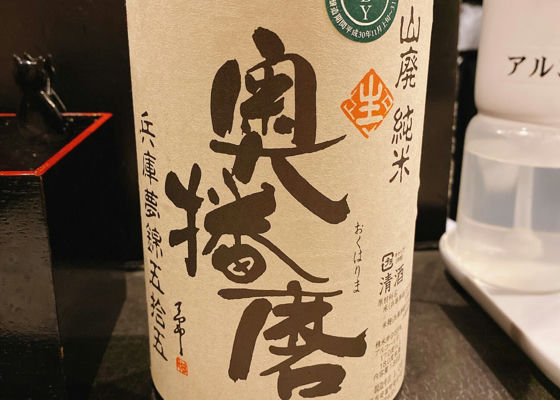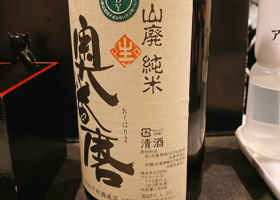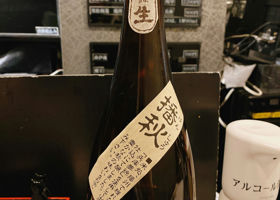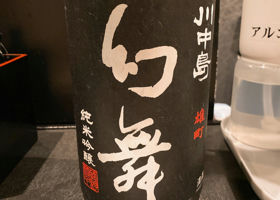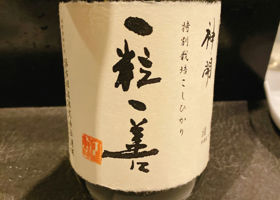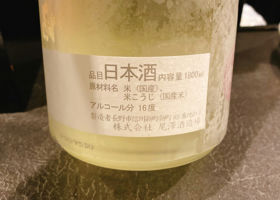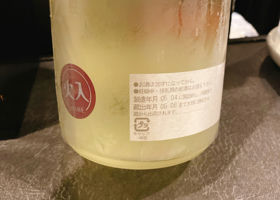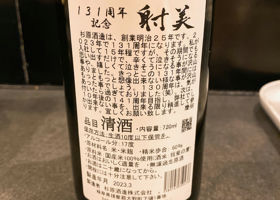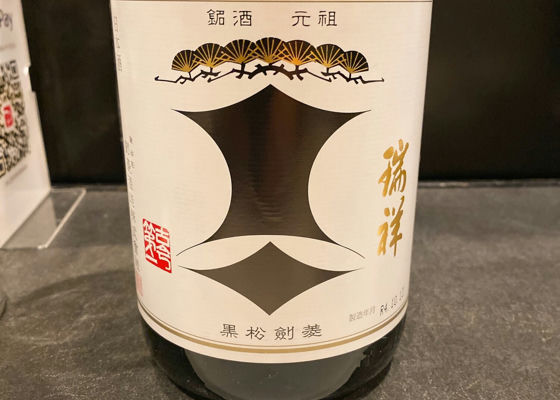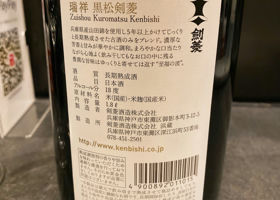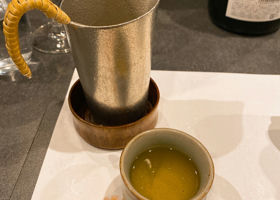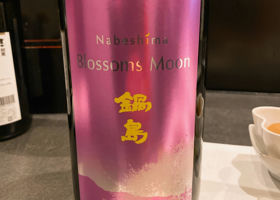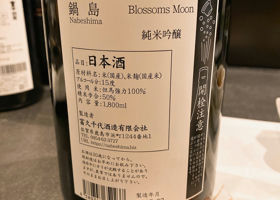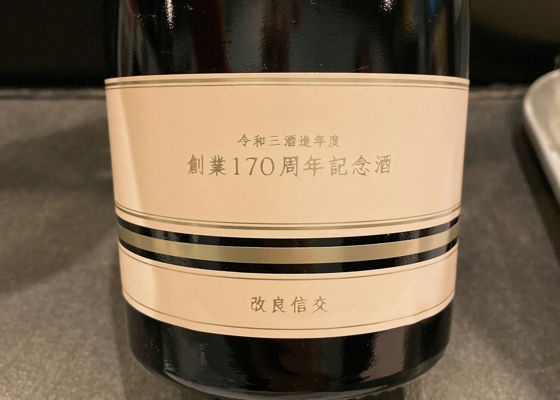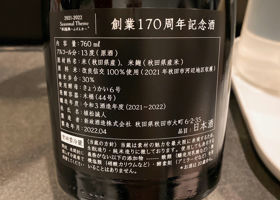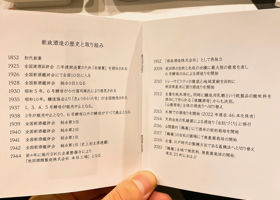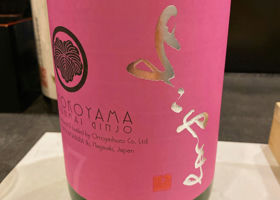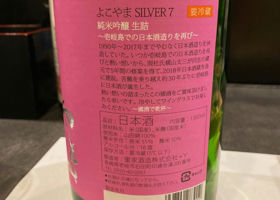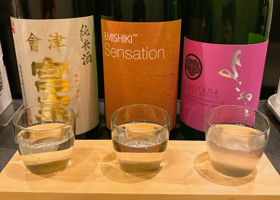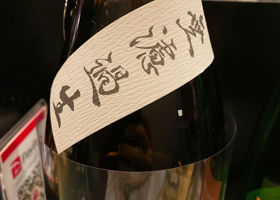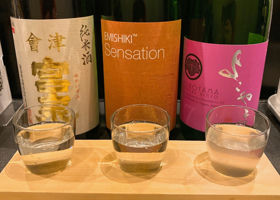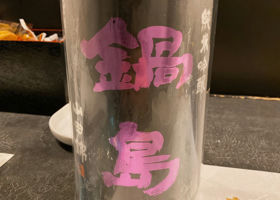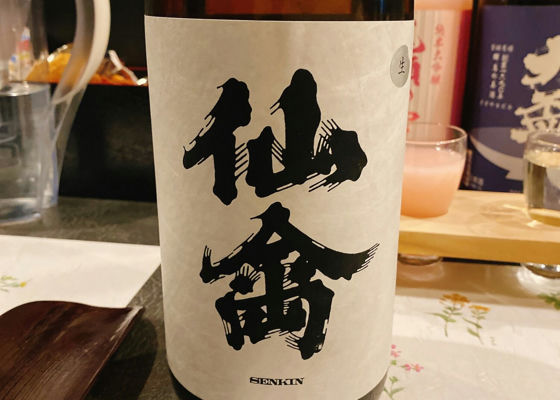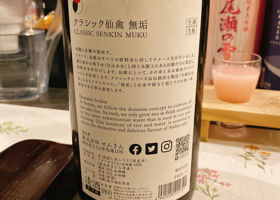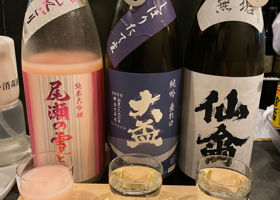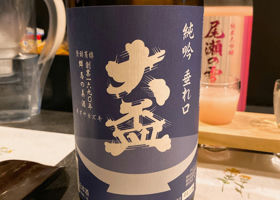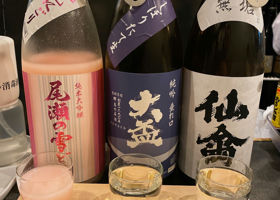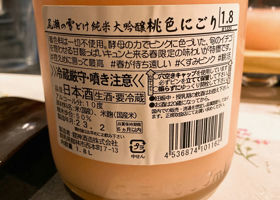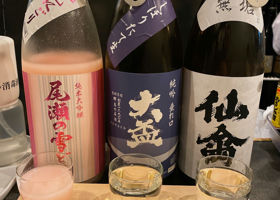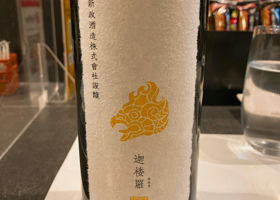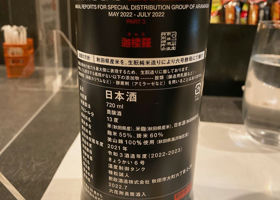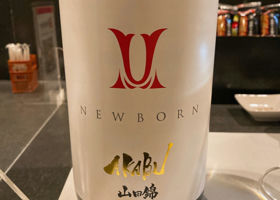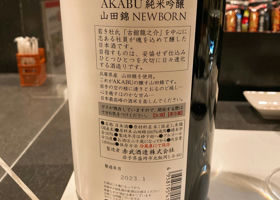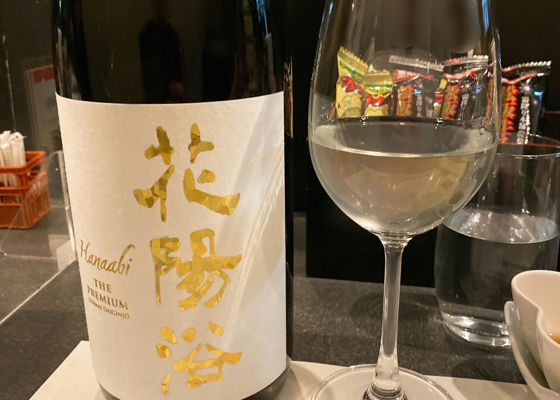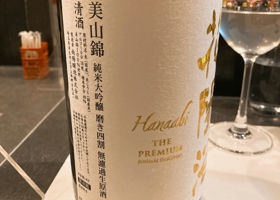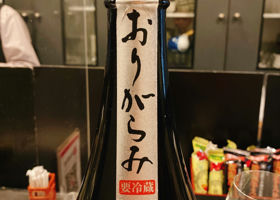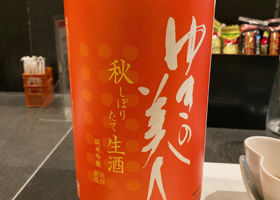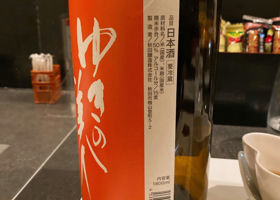Timeline
やす☆H30BY. smoky aroma. At room temperature, it has a strong sense of maturity.
When heated, it is delicious with a burnt and mildly caramelized taste and a sharp taste. There is a smoky aftertaste as well. The sharpness increases when it is cooled. やす☆Banana and pineapple type aroma. Soft sweetness and deliciousness, including a gorgeous tropical fruitiness, spreads. やす☆A gift from another customer at room temperature.
It has a soft umami flavor with a sharp finish. It seems to be good as a food sake. やす☆Le chat botte is said to mean "cat in boots".
It has a clear and refreshing mouthfeel. It is a light, refreshing wine with a crisp acidity and a good sharpness. やす☆It is fresh and has a clean, apple-like sweetness and juicy flavor that is typical of Jun-dai.
It is the master's favorite sake, and has an elegant and beautiful taste that takes the Jun-dai high road, but I think I have recently gone too far down the maniac route and am no longer impressed by this type of sake.
やす☆Long time no shot beauty.
Sweet aroma of banana and pineapple. Fresh, clear and crisp. A little bit of alcohol like raw sake.
Maybe I expected a little too much. やす☆This is the first time to drink a matured Kenrishi sake. An unusual choice for Yawaragi. The color is golden. It was not bad cold, but I had it warmed up to 50°C. It has a matured feel, but the blend makes it easy to drink.
Although it has an aged feel, it is easy to drink, perhaps due to the blending, and the warming makes it more mellow. The umami flavor is fuller, and it finishes with a touch of acidity. The lingering smokiness is also nice. やす☆Peachy aroma. The taste is clear, with a soft peachy sweetness and flavor that disappears nicely. Stable taste. やす☆The bottle was bottled last year, but we had a freshly opened bottle.
Aroma of wooden vats. It has a grape-like fruitiness and an elegant and gentle acidity that is typical of a 30% polished wine. やす☆Last year it was a draft sake, but this year it is a draft. Is that why the label color is different?
Clear and soft on the palate. It has a fruity, muscat-like flavor with a freshness of nama-zake.
As expected, it is the most fruity of the three types compared. やす☆It was not very fresh, probably because the bottle had been open for some time, but there was a slight roughness of the raw sake at the end of the bottle. In general, the taste is clear and light. やす☆It has a fresh, glossy, melon-like sweetness and flavor. It has the most robust umami of the three wines we compared, which is typical of junmai. やす☆Sweet aroma reminiscent of peaches. It has a clear mouthfeel, with a soft and silky pear-like sweetness. やす☆Crisp acidity that is typical of a sake yeast from a clear, clear mouthfeel.
This is another dubious review. やす☆It has a clean and clear mouthfeel, yet has a robust flavor.
I'm drunk, so this is a very suspicious review. やす☆It has a nigori rice flavor and crisp acidity. やす☆It has a clear apricot-like sweetness with a refreshing acidity, but it is not overly sweet, making it an easy-drinking kijoshu. やす☆The aroma seemed somewhat zesty, but was it my imagination?
It has a faint freshness and a clear, sweet-tasting sensation. A hint of acidity appears and it finishes off. HanaabiTHE PREMIUM純米大吟醸原酒生酒無濾過おりがらみ やす☆Slight pineapple aroma. The oriki is light.
There is a clear sweet and tasty flavor that is typical of 40% polished wines. The freshness is subtle. As the temperature rises, soft tropical fruitiness comes out. やす☆Why is it an autumn sake by now?
It is clear, crisp and light. Perhaps because it was the last sake, it was also a fresh sake, but it did not have a freshness to it. RecommendedContentsSectionView.title
